FINANTEQ is a Polish fintech and consulting company that designs and develops comprehensive mobile finance applications. It also provides ready-made components for easy and quick implementation in existing banking systems.
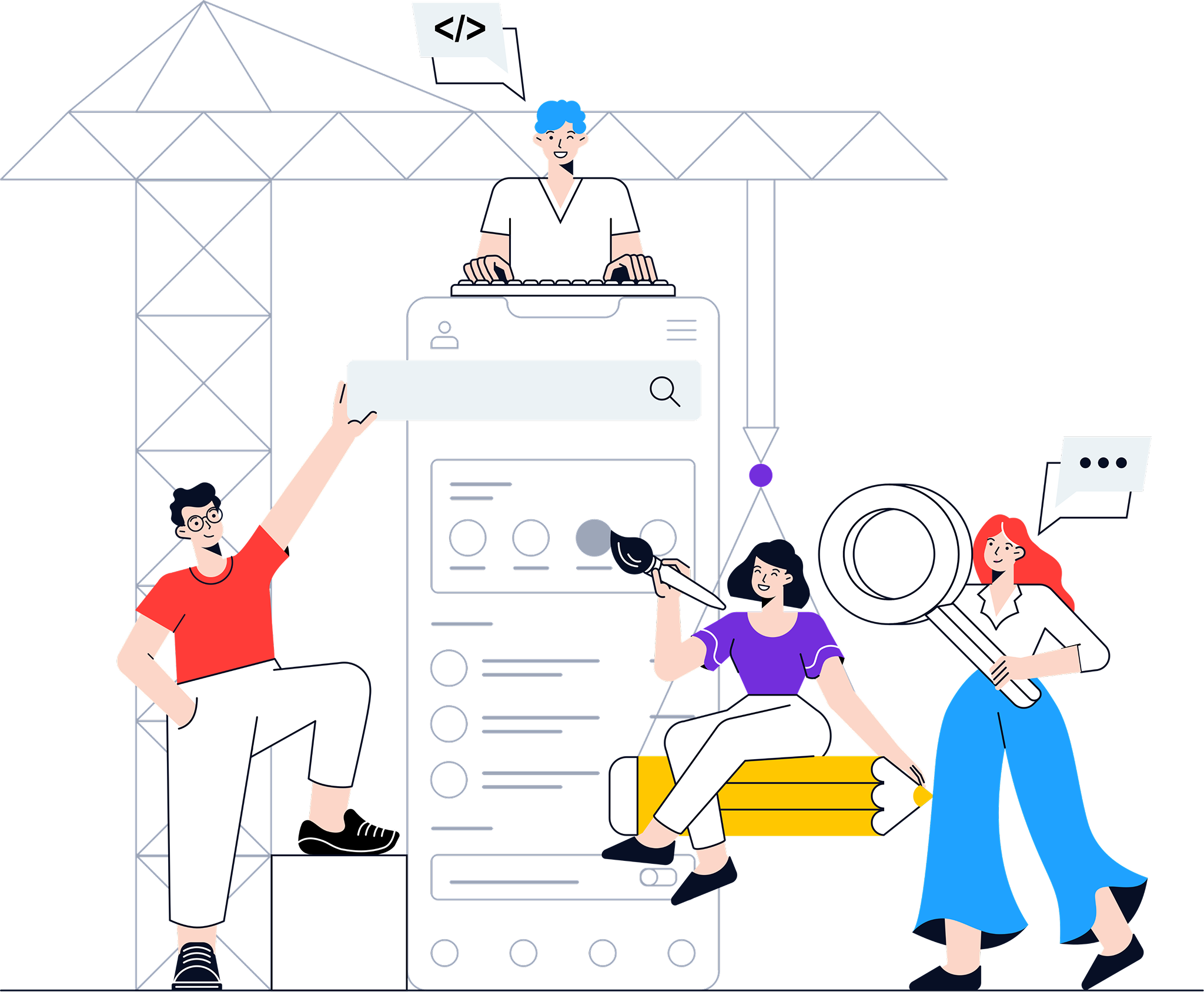

























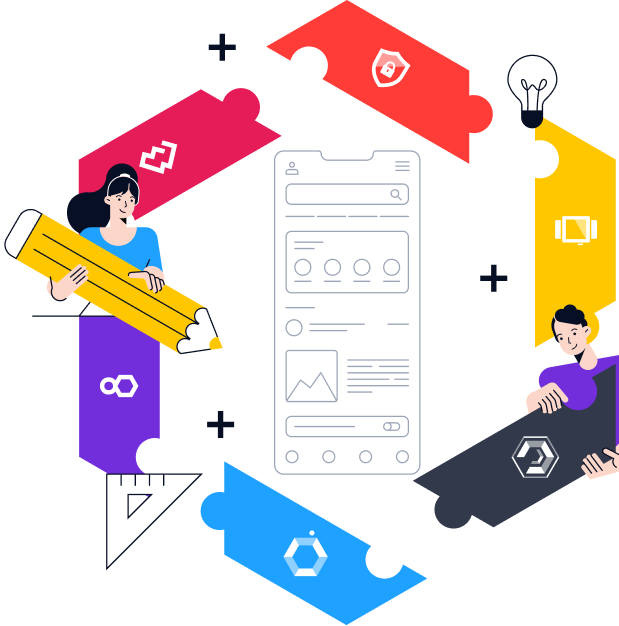
With over 10 years of experience, we are a fintech company trusted by clients around the globe for our expertise and innovative solutions. Our vast knowledge of the industry and deep understanding of customer needs sets us apart, enabling us to deliver tailored solutions that drive success.

Unlike many others, we don’t outsource. Our dedicated in-house teams ensure top-quality service, efficiency, and seamless execution. Our methods have been tested and refined across numerous projects, guaranteeing reliability and exceptional results every time.

We know the fintech industry inside and out, evolving continuously to stay ahead of market trends and embrace innovation. By combining our proven expertise with a relentless focus on progress, we empower businesses to thrive in a dynamic and competitive financial landscape.
We provide a full spectrum of financial technology - ranging from strategic consulting and custom app development to advanced plug-and-play modules.

Finanteq stands at the forefront of custom mobile app development, delivering best-in-class mobile banking applications, setting industry standards.

Miniaturization is transforming digital experiences. With FINANTEQ’s Smartwatch Starter Kit, your bank can quickly join the smartwatch banking revolution.

Traditional banking platform development is slow and costly, limiting your ability to innovate. Extentum no-code platform eliminates these challenges, enabling teams to create and deploy new multi-channel features instantly without IT intervention.

The Extentum AI platform is a solution designed for large organizations, enabling secure use of multiple LLM models within a single, auditable environment. It integrates with corporate data resources, creating a space for intelligent information processing.






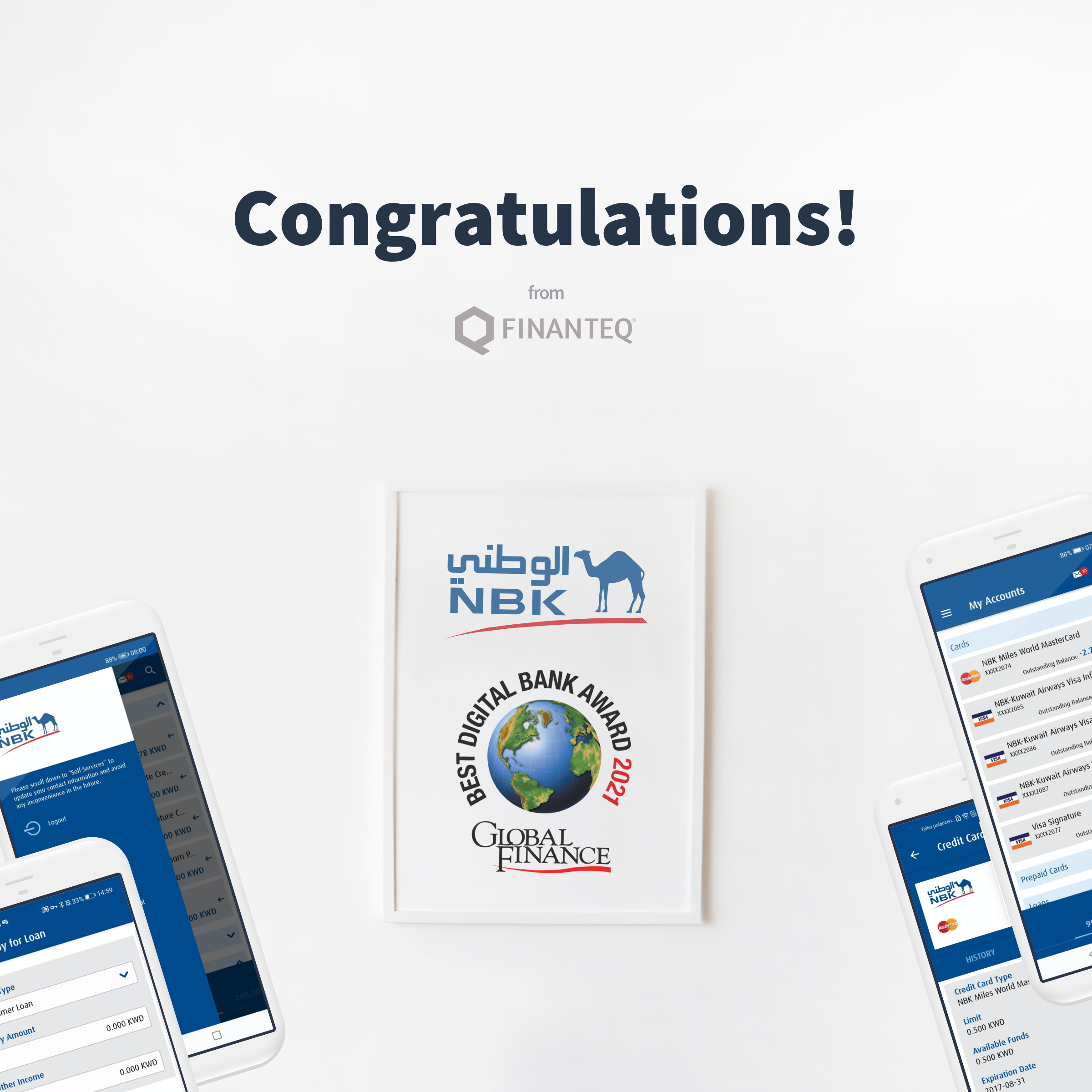


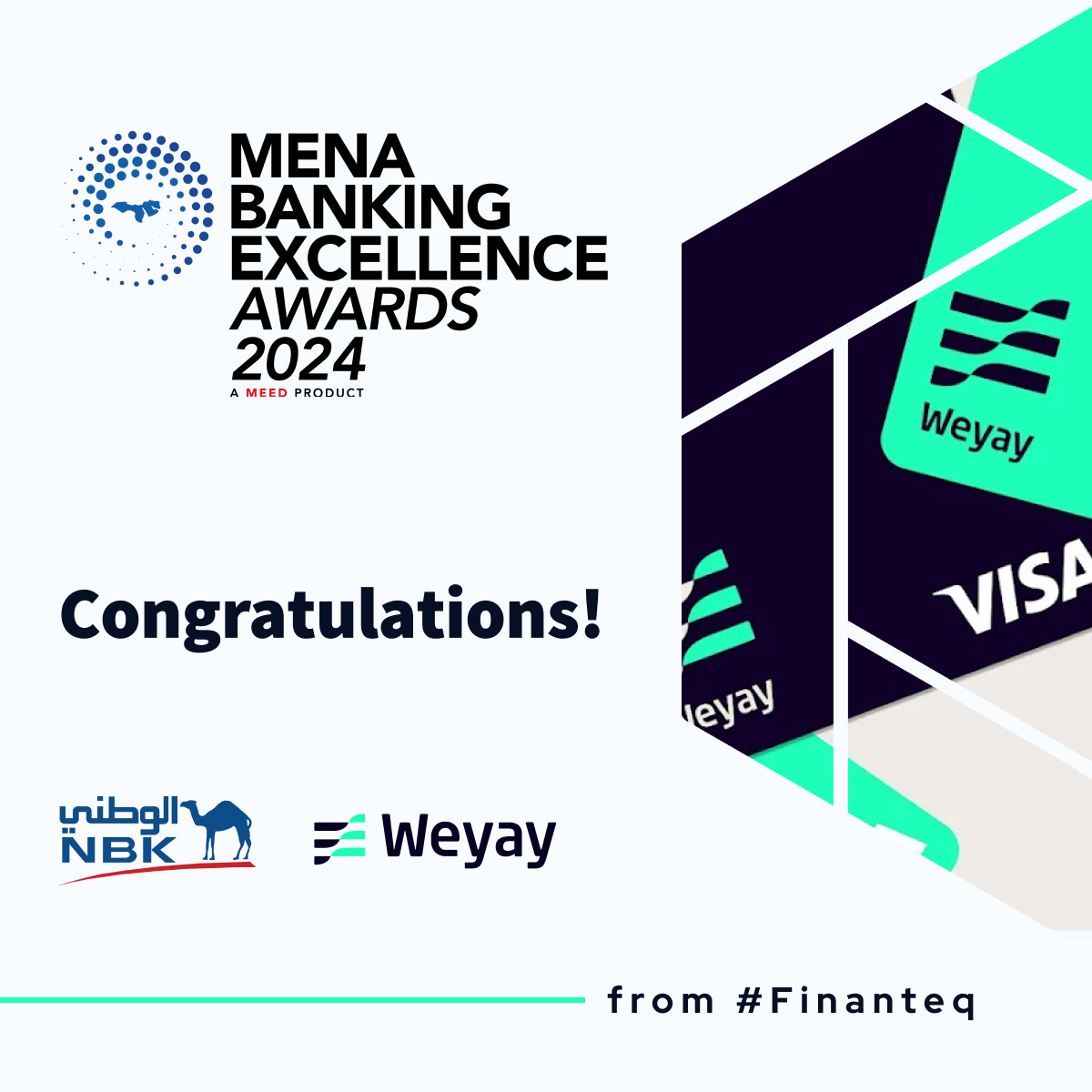
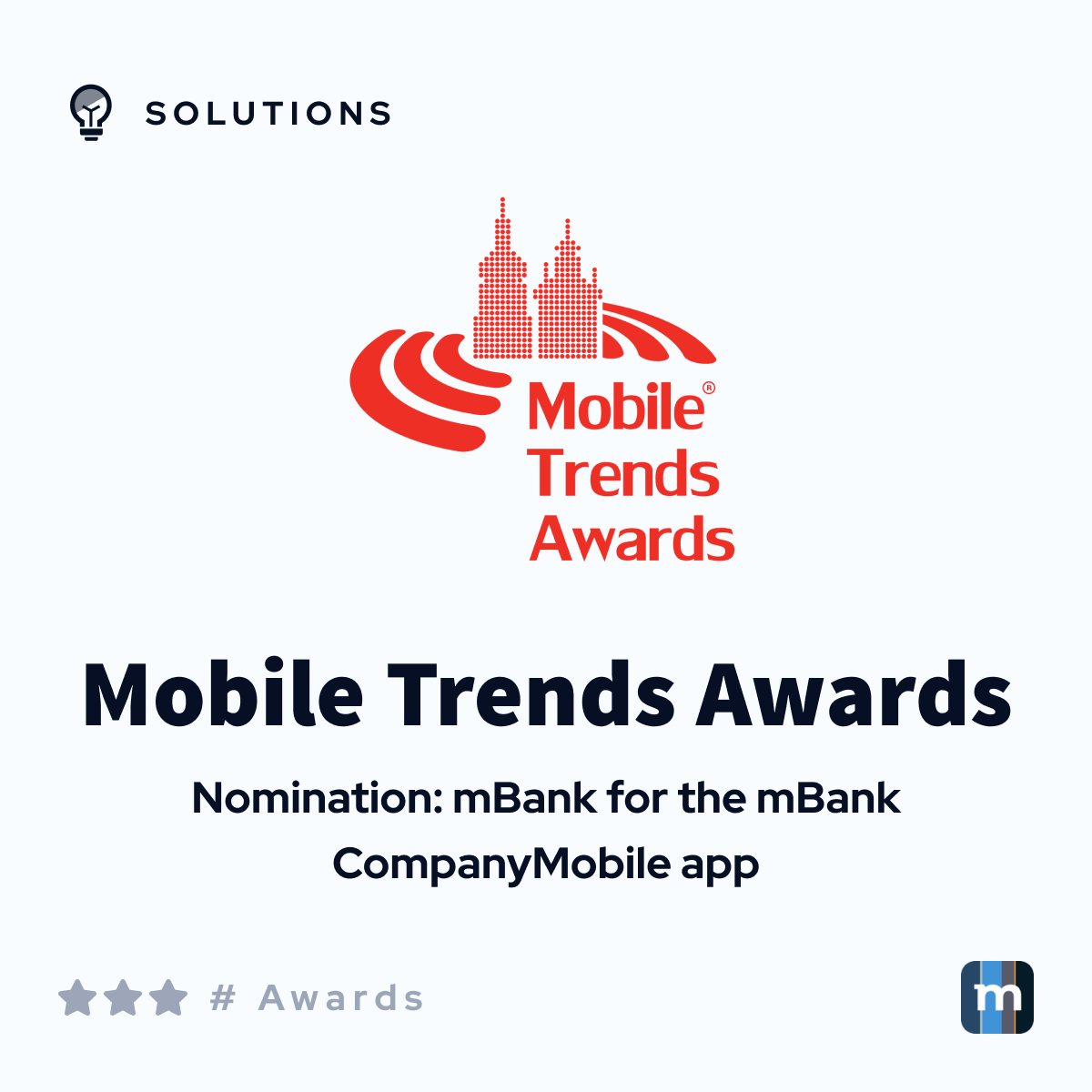











From modernizing legacy systems for global leaders to launching agile neobanks from the ground up. Discover how our end-to-end expertise helps our partners define the future of mobile finance.

Over the last few years, we have witnessed a dynamic digitalization of the banking sector in the Middle East. Financial institutions operating in the market are known for their high technological advancement. And one of the most innovative banks in the region is the National Bank of Kuwait.
November 28, 2025

The way people bank is undergoing a significant transformation. Recognizing this shift, the National Bank of Kuwait launched Weyay Bank, a youth-oriented banking platform that caters to the digitally-savvy generation.
November 28, 2025
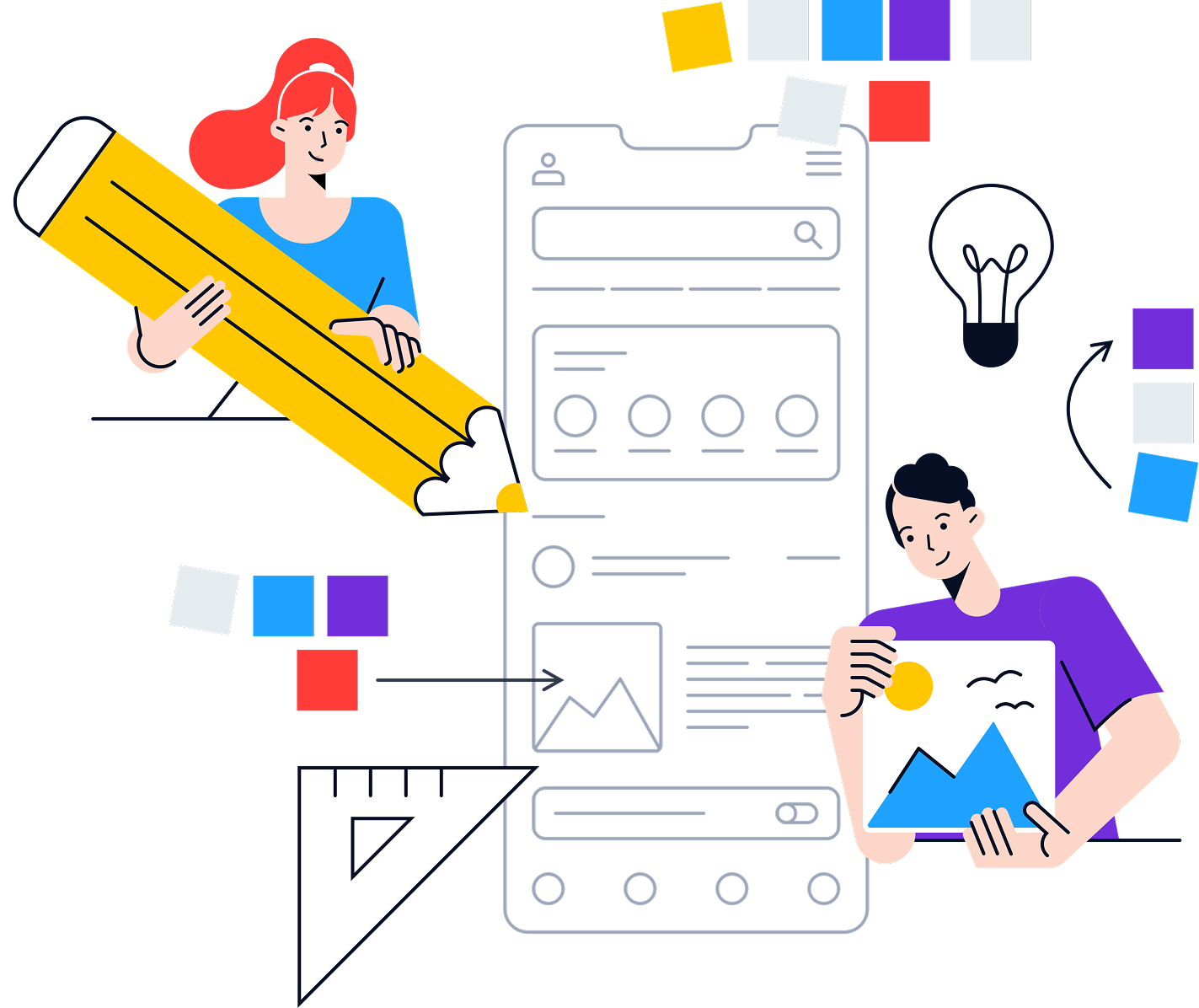
Create something extraordinary with our specialized expertise. We consult your needs, provide an in-depth development plan, and guide you on the best paths for future development. Ready to act immediately, our agile teams deliver efficient support and customized SLA services to keep your product thriving.
Talk to sales

